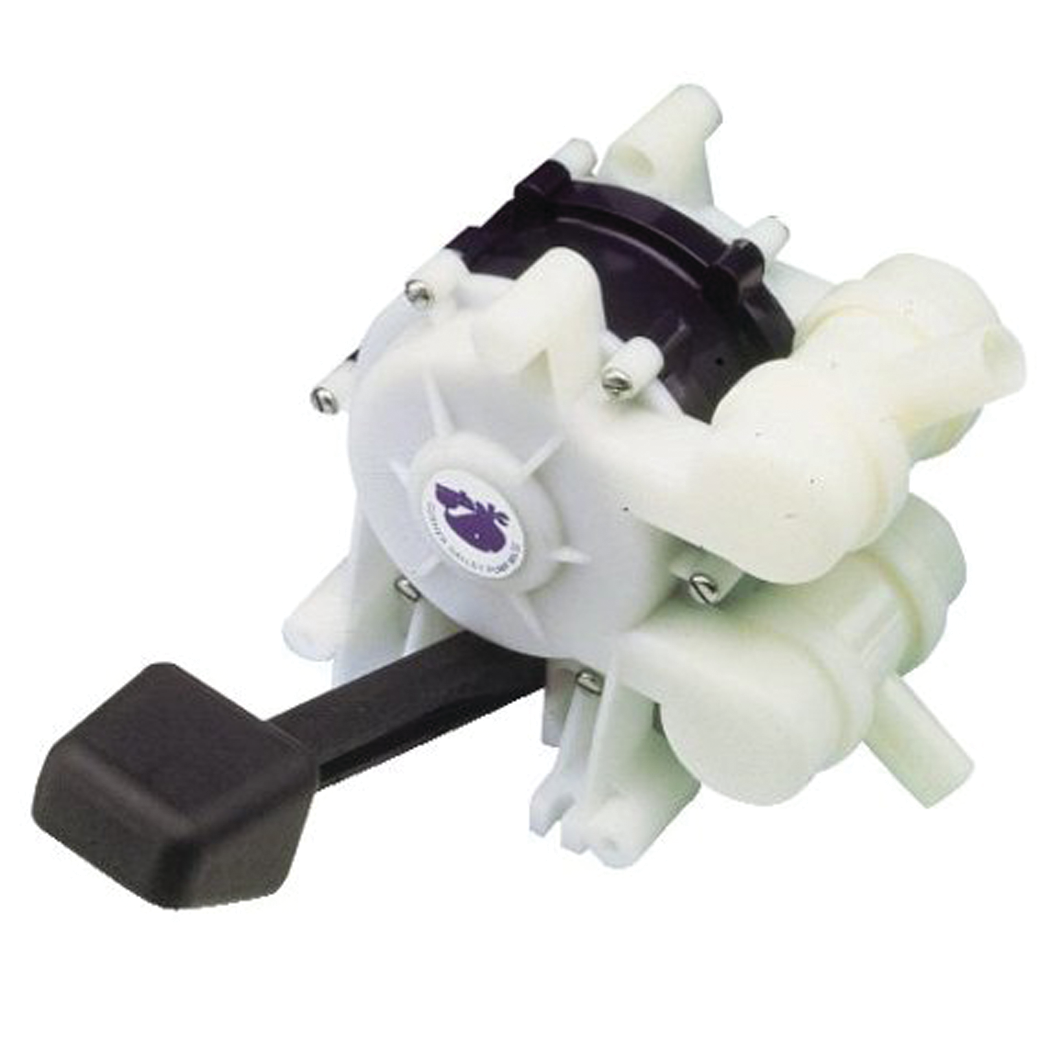








"If you want to save the environment, build a city worth living in." - Wendell Berry
 2
2





 1
1









 1
1








Medicinal herbs, kitchen herbs, perennial edibles and berries: https://mountainherbs.net/ grown in the Blue Mountains, Australia
















Jeremiah wales wrote:Pressure for what use?
I have a 500 gallon Storage tank on a "Water Tower". It is only 6 ft in the air from the ground and even with the bottom of my roof eves. But water flows fine out of my faucets, toilet and into the Tub. Now a Shower is another thing. I had to hook up a 12 volt pump to get my shower to spray out. But then I used a low volume shower head there.
I saw an appliction once where someone made a shower. They took a five gallon bucket with aprox 30 holes in it at the 7 ft mark and filled it with hot water. Took a shower under it.
 1
1








www.nu-trac.info - new life tracks – growing organic, conservation, self reliance




 1
1




Jeremiah wales wrote:Pressure for what use?
I have a 500 gallon Storage tank on a "Water Tower". It is only 6 ft in the air from the ground and even with the bottom of my roof eves.
 2
2







Invasive plants are Earth's way of insisting we notice her medicines. Stephen Herrod Buhner
Everyone learns what works by learning what doesn't work. Stephen Herrod Buhner
 3
3








If there is one thing the Wizard of Oz has taught me, it is not to trust school teachers on bicycles.




Invasive plants are Earth's way of insisting we notice her medicines. Stephen Herrod Buhner
Everyone learns what works by learning what doesn't work. Stephen Herrod Buhner
 3
3








 1
1




Invasive plants are Earth's way of insisting we notice her medicines. Stephen Herrod Buhner
Everyone learns what works by learning what doesn't work. Stephen Herrod Buhner




 2
2




John Daley Bendigo, Australia The Enemy of progress is the hope of a perfect plan
Benefits of rainfall collection https://permies.com/t/88043/benefits-rainfall-collection
GOOD DEBT/ BAD DEBT https://permies.com/t/179218/mortgages-good-debt-bad-debt
 1
1




Tiffaney Dex wrote:Anne, do you have a pressostat on the line to turn on the pump? And, if so, where is it in the line arrangement?
Invasive plants are Earth's way of insisting we notice her medicines. Stephen Herrod Buhner
Everyone learns what works by learning what doesn't work. Stephen Herrod Buhner




If there is one thing the Wizard of Oz has taught me, it is not to trust school teachers on bicycles.
 2
2





"We carry a new world here, in our hearts..." --Buenaventura Durruti
"Don't wish it were easier. Instead, wish you were better." --Jim Rohn




John Daley Bendigo, Australia The Enemy of progress is the hope of a perfect plan
Benefits of rainfall collection https://permies.com/t/88043/benefits-rainfall-collection
GOOD DEBT/ BAD DEBT https://permies.com/t/179218/mortgages-good-debt-bad-debt

|
This tiny ad turned out a lot bigger than I thought it would
The new gardening playing cards kickstarter is now live!
https://www.kickstarter.com/projects/paulwheaton/garden-cards
|







